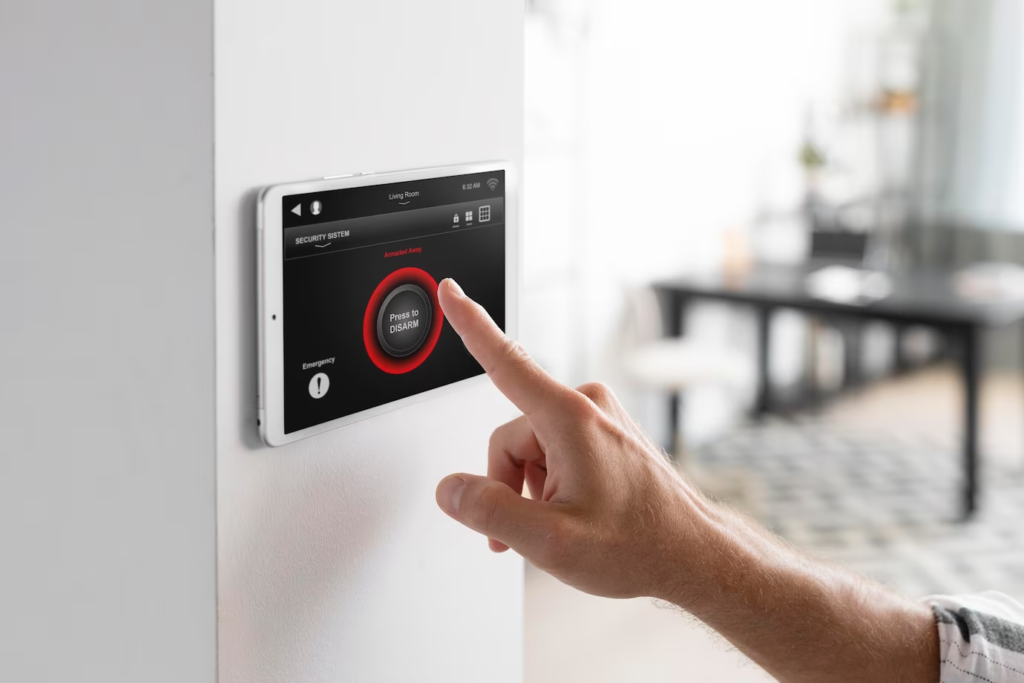Exploring The Latest 8 Trends In Security Alarm Technology

In the alarm technology ever-evolving landscape of security technology, the latest trends are transforming the way we protect our homes and businesses. One of the most significant advancements in recent times is the integration of wireless technology into security alarm systems. This shift brings forth a myriad of benefits, from increased flexibility in installation to seamless smart home integration.
Wireless Security Alarm Systems
Gone are the days of extensive wiring and complex installation processes. Wireless security alarm systems have become the norm, providing users with the flexibility to install and customize their systems with ease. These systems employ wireless sensors, cameras, and a central control panel to create a comprehensive security network.
Smart Home Integration
The integration of security systems with smart home devices is a game-changer. Homeowners can now control and monitor their security systems using smartphones and connected devices. Smart locks, video doorbells, and video surveillance equipped with high-definition cameras offer enhanced security features and convenience.
Advanced Video Analytics and Artificial Intelligence
Security systems are becoming smarter with the incorporation of advanced video analytics and artificial intelligence (AI). AI-powered security alarm systems leverage machine learning algorithms to analyze data, identify patterns, and detect anomalies. It not only helps in reducing false alarms but also improves security by providing more accurate threat detection.
Cloud Storage for Enhanced Security
Cloud storage has revolutionized the way video footage and data are stored. Security systems now benefit from the convenience of cloud storage, ensuring that valuable evidence is securely stored remotely. This feature not only safeguards against tampering but also prevents the loss of crucial data in the event of theft.
Biometric Authentication and Access Control
Biometric authentication methods, such as fingerprint and facial recognition, add an extra layer of security to alarm systems. This technology enables precise access control, ensuring that only authorized individuals can enter a secured area. Voice control, integrated with platforms like Amazon Alexa and Google Assistant, further enhances the convenience and ease of use.
Environmental Monitoring | Alarm Technology
Modern security systems extend beyond intrusion detection, incorporating environmental monitoring features. Sensors can detect smoke, carbon monoxide, and water leaks, providing automatic alerts to homeowners. In emergencies, these systems can even alert the relevant emergency services, enhancing overall safety.
Two-Way Audio and Communication
Two-way audio capabilities enable users to communicate with visitors or potential intruders remotely. This feature adds a level of security, allowing homeowners to verify visitors and even deter intruders by speaking to them directly through the security system.
Mobile App Integration and Real-Time Notifications
The integration of security systems with mobile apps allows users to receive real-time notifications and have remote control over their systems. This level of connectivity ensures that users can stay informed about the status of their security, no matter where they are.
Conclusion
The latest trends in security alarm technology are reshaping the way we protect our homes and businesses. With wireless technology, advanced video analytics, biometric authentication, and cloud storage, these systems are not only more secure but also more convenient and user-friendly. As technology continues to advance, the future of security alarms promises even more innovation and integration, ensuring that our homes and businesses remain safe and protected.
